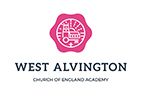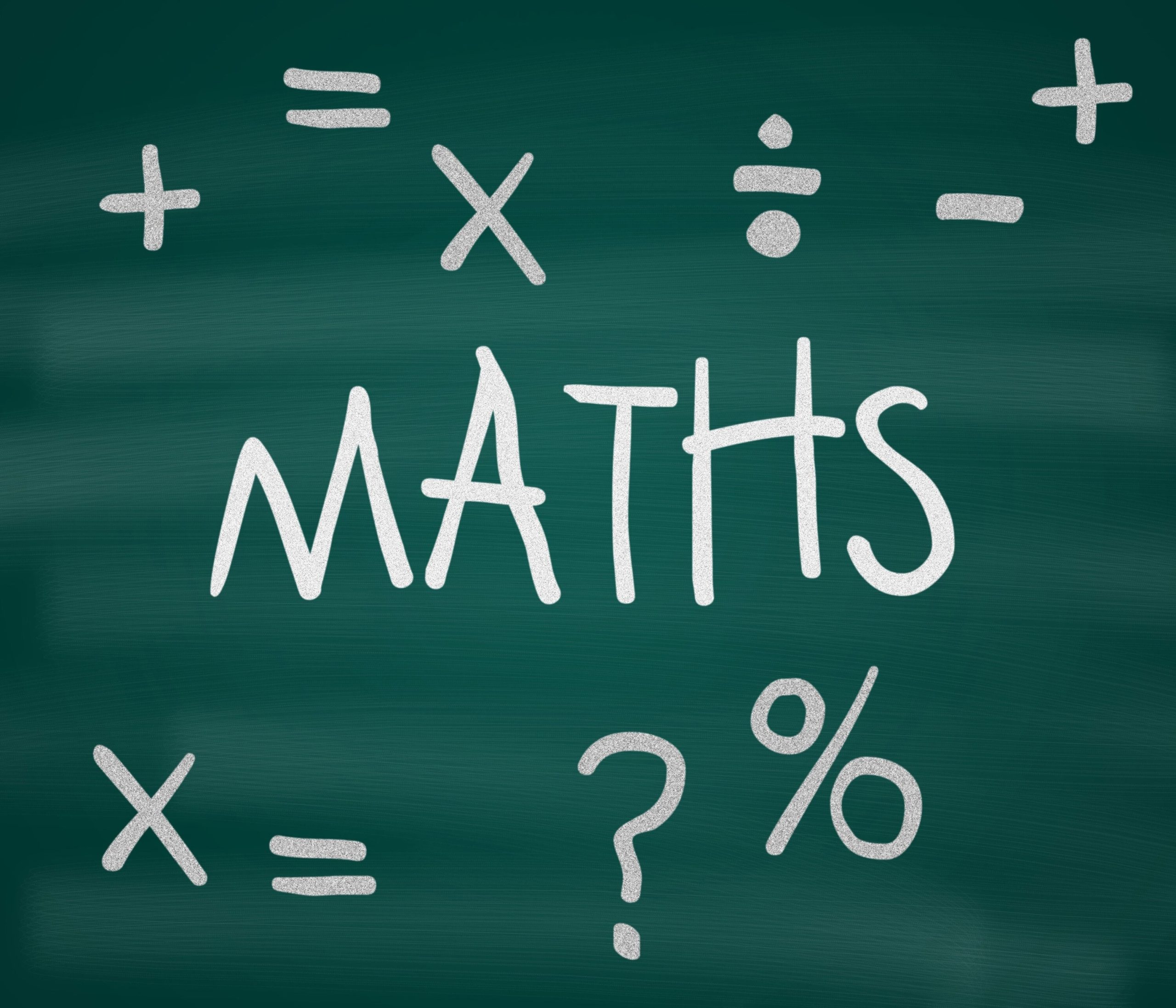


As mathematicians, our children will develop a deep conceptual understanding through exploration, reasoning and problem solving of all areas. We expect our children to explain and articulate their understanding and become fluent in number so they can use known number facts to make efficient choices with calculations.
They will make connections and discover patterns to take creative approaches when faced with challenges and show appreciation of the beauty and power of Mathematics. We aim to develop resilient learners and our children take time to deepen their understanding of mathematical structures through the use of resources and representations.
Fluency in Number facts
All classes have a daily 15-minute fluency session, in addition to the main maths lesson. In KS1, the focus is on additive fact fluency and in KS2 the focus is on multiplicative fluency. Evidence tells us that children who can recall facts enjoy and are able to master the maths curriculum easier than the children who can’t recall these facts.
How we teach Mathematics
The Trust’s long-term planning document is the National Curriculum 2014 Programme of Study. This should always be a teacher’s first starting point for reference, particularly the first two pages which highlight the 3 aims underpinning all Trust CPD, teaching and learning activity in mathematics.
Teachers use the DfE NSG RTP materials and White Rose block overview to organise the teaching sequences for maths in their class, which:
Any materials that are used to support learning and teaching pedagogy are interrogated by teachers, who consider why those specific examples have been chosen and how the representations expose the structure of the mathematical concept being taught. Teachers have the flexibility to supplement these resources with others, as they feel appropriate to the needs of the children.
In our aim to develop mathematical thinkers, a reasoning culture should be evident in every classroom: children expect to have to justify their answers, show their thinking, explain their methods and find more than one solution.
In line with Dienes research on the six stages of learning our lessons start with a problem that all children can access (the teacher ensures that this is the case) and children are expected to work collaboratively to solve it, exploring and discovering the maths for themselves, before scaffolding up and applying concepts to different contexts, in pairs and then independently. Vygotsky’s work talks of rich discussion and peer talk and this is a fundamental part of this aspect of the lesson, as children talk and work together to internalise their thinking and restructure their thoughts.
We expect the majority of our children to move through the programme of study for their year group at broadly the same pace, respecting teacher’s professional judgement in making decisions about readiness to progress to the next stage, although this will not be into new content from a year group above. Rapid graspers are challenged through rich and sophisticated problems and expected to demonstrate their reasoning, explain their thinking to others and be able to model the concept in more than one way to show a true depth of understanding and grasp of the topic.
View our Maths Curriculum